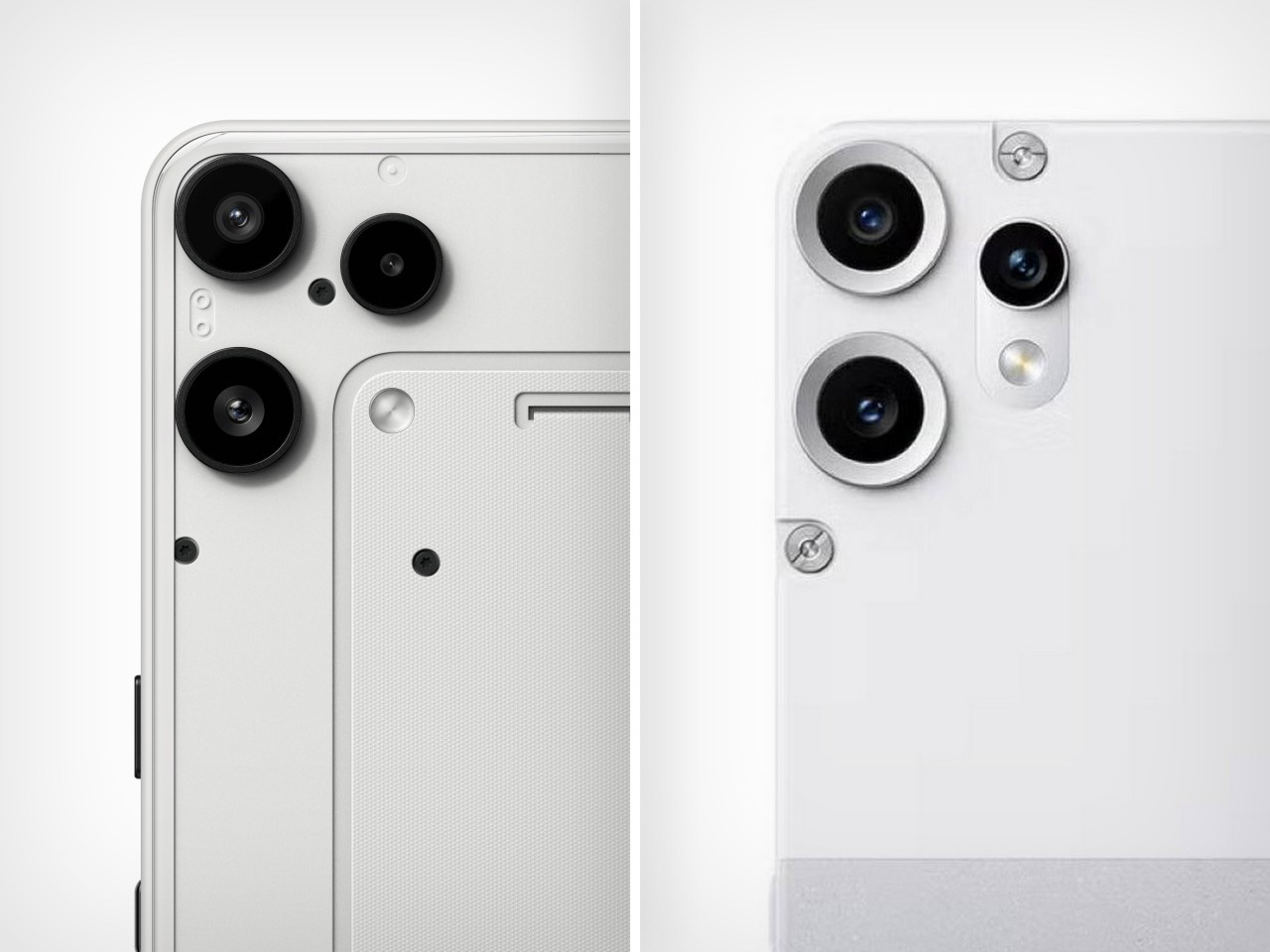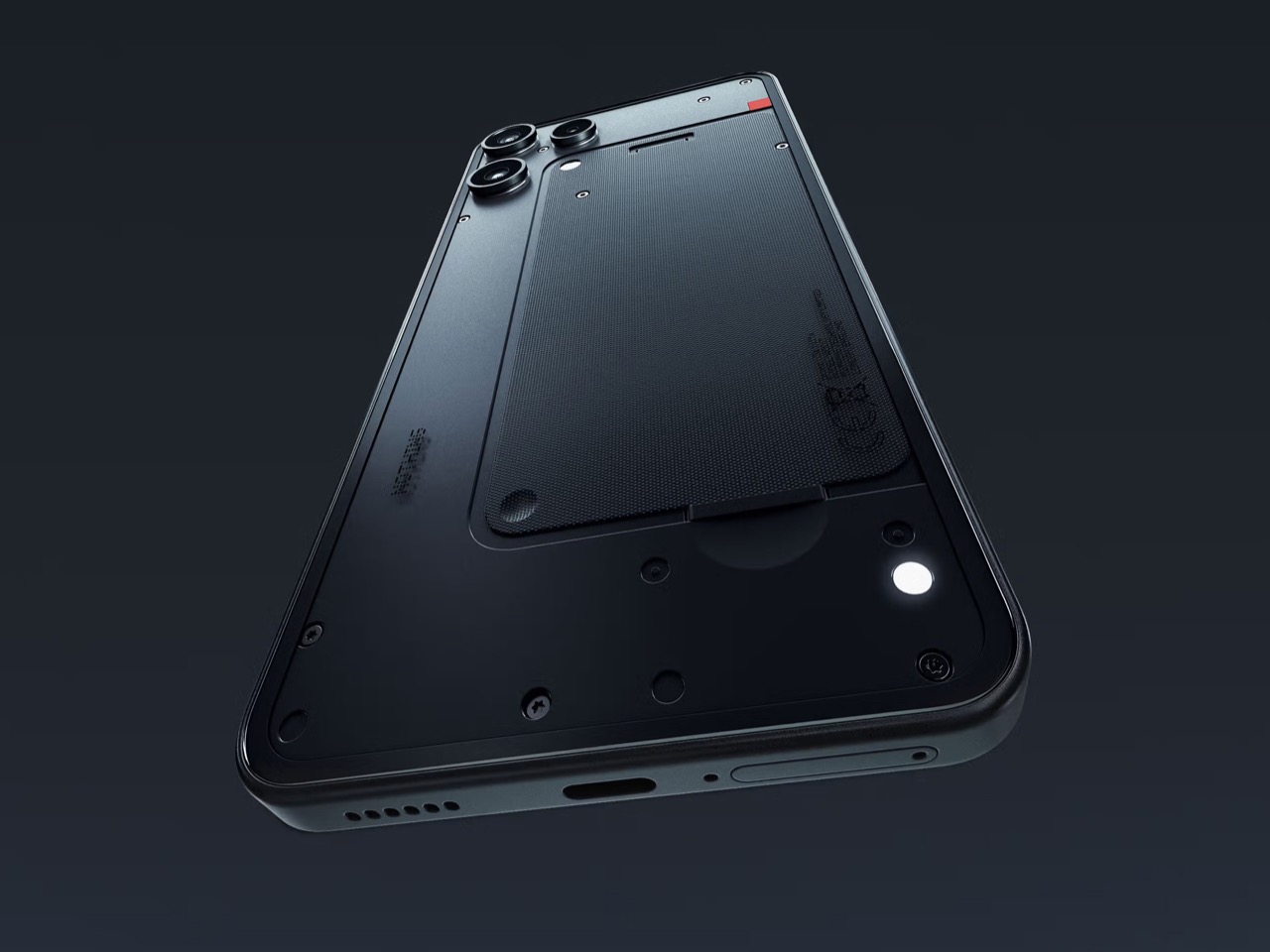A virtual private network (VPN) is useful in several ways — a good one can stream foreign TV shows and events, protect your information from cybercrime and thwart those online trackers that show you creepily invasive ads. Although we strongly recommend using a VPN, a bit of comparison shopping goes a long way in this market. The pricing you see on VPN websites is often not an accurate portrayal of what you'll actually pay.
Even so, there are some great bargains on the table. VPN providers want to boost their subscriber numbers, so they give out steep discounts to customers who sign up for a year or more at once. This is a win for you as well — while you pay out more upfront, if you divide the cost by the months of service, it's significantly cheaper over time.
Most of the deals we highlight below follow that pattern, so make sure you're comfortable with a longer commitment before you take the plunge. If you've been thinking about subscribing to a VPN service, read on for the best VPN deals we could find right now.
Best VPN deals
ExpressVPN Basic — $97.72 for a two-year subscription with four months free (73 percent off): This is one of the best VPNs, especially for new users, who will find its apps and website headache-free on all platforms. In tests for my ExpressVPN review, it dropped my download speeds by less than 7 percent and successfully changed my virtual location 14 out of 15 times. In short, it's an all-around excellent service that only suffers from being a little overpriced — which is why I'm so excited whenever I find it offering a decent deal. This deal, which gets you 28 months of ExpressVPN service, represents a 73 percent savings.
ExpressVPN Advanced — $125.72 for a two-year subscription with four months free (67 percent off): ExpressVPN recently split its pricing into multiple tiers, but they all still come with similar discounts for going long. In addition to top-tier VPN service, advanced users get two additional simultaneous connections (for a total of 12), the ExpressVPN Keys password manager, advanced ad and tracker blocking, ID protection features and a 50 percent discount on an AirCove router.
NordVPN Basic — $80.73 for a two-year subscription with three months free (74 percent off): NordVPN gets the most important parts of a VPN right. It's fast, it doesn't leak any of your data and it's great at changing your virtual location. I noted in my NordVPN review that it always connects quickly and includes a support page that makes it easy to get live help. Although I'm sad to see it shutting down Meshnet, NordVPN still includes a lot of cool features, like servers that instantly connect you to Tor. This early Black Friday deal gives you 74 percent off the two-year plan, which also comes with three extra months.
NordVPN Plus — $105.03 for a two-year subscription with three months free (74 percent off): In another early Black Friday discount, NordVPN has also taken 74 percent off its Plus subscription. For only a little more, you get a powerful ad and tracker blocker that can also catch malware downloads, plus access to the NordPass password manager. A Plus plan also adds a data breach scanner that checks the dark web for your sensitive information.
Surfshark Starter — $53.73 for a two-year subscription with three months free (87 percent off): This is the "basic" level of Surfshark, but it includes the entire VPN; everything on Surfshark One is an extra perk. With this subscription, you'll get some of the most envelope-pushing features in the VPN world right now. Surfshark can rotate your IP constantly to help you evade detection — it even lets you choose your own entry and exit nodes for a double-hop connection. That all comes with a near-invisible impact on download speeds. With this year-round deal, you can save 87 percent on 27 months of Surfshark.
Surfshark One — $59.13 for a two-year subscription with three months free (88 percent off): A VPN is great, but it's not enough to protect your data all on its own. Surfshark One adds several apps that boost your security beyond just VPN service, including Surfshark Antivirus (scans devices and downloads for malware) and Surfshark Alert (alerts you whenever your sensitive information shows up in a data breach), plus Surfshark Search and Alternative ID from the tier below. This extra-low deal gives you 88 percent off all those features. If you bump up to Surfshark One+, you'll also get data removal through Incogni, but the price jumps enough that it's not quite worthwhile in my eyes.
CyberGhost — $56.94 for a two-year subscription with two months free (83 percent off): CyberGhost has some of the best automation you'll see on any VPN. With its Smart Rules system, you can determine how its apps respond to different types of Wi-Fi networks, with exceptions for specific networks you know by name. Typically, you can set it to auto-connect, disconnect or send you a message asking what to do. CyberGhost's other best feature is its streaming servers — I've found both better video quality and more consistent unblocking when I use them on streaming sites. Currently, you can get 26 months of CyberGhost for 83 percent off the usual price.
hide.me — $59.95 for a two-year subscription with five months free (79 percent off): Hide.me is an excellent free VPN — in fact, it's my favorite on the market, even with EventVPN and the free version of Proton VPN as competition. If you do want to upgrade to its paid plan, though, the two-year subscription offers great savings. Hide.me works well as a no-frills beginner VPN, with apps and a server network it should frankly be charging more for.
Private Internet Access — $79.20 for a three-year subscription with four months free (83 percent off): It's a bit hard to find (the link at the start of this paragraph includes the coupon), but Private Internet Access (PIA) is giving out the best available price right now on a VPN I'd recommend using. With this deal, you can get 39 months of PIA for a little bit over $2 per month — an 83 percent discount on its monthly price. Despite being so cheap, PIA has plenty of features, coming with its own DNS servers, a built-in ad blocker and automation powers to rival CyberGhost. However, internet speeds can fluctuate while you're connected.
What makes a good VPN deal
Practically every VPN heavily discounts its long-term subscriptions year-round, with even sharper discounts around occasions like Black Friday/Cyber Monday. The only noteworthy exception is Mullvad, the Costco hot dog of VPNs (that's a compliment, to be clear). When there's constantly a huge discount going on, it can be hard to tell when you're actually getting a good deal. The best way to squeeze out more savings is to look for seasonal deals, student discounts or exclusive sales like Proton VPN's coupon for Engadget readers.
One trick VPNs often use is to add extra months onto an introductory deal, pushing the average monthly price even lower. When it comes time to renew, you usually can't get these extra months again. You often can't even renew for the same basic period of time — for example, you may only be able to renew a two-year subscription for one year. If you're planning to hold onto a VPN indefinitely, check the fine print to see how much it will cost per month after the first renewal, and ensure that fits into your budget.
Follow @EngadgetDeals on X for the latest tech deals and buying advice.
This article originally appeared on Engadget at https://www.engadget.com/deals/the-best-vpn-deals-88-percent-discounts-on-protonvpn-surfshark-expressvpn-nordvpn-and-more-120056913.html?src=rss





























